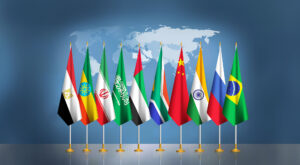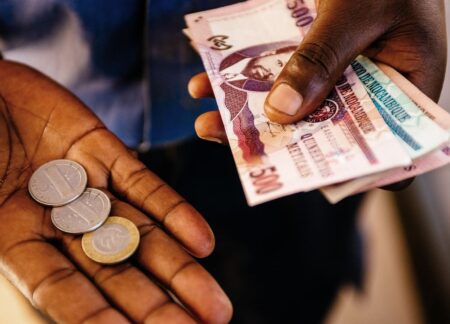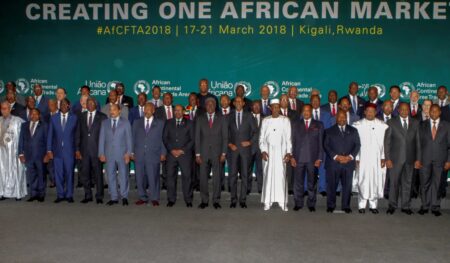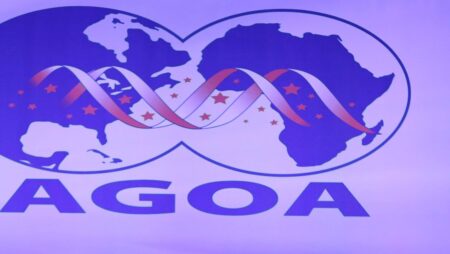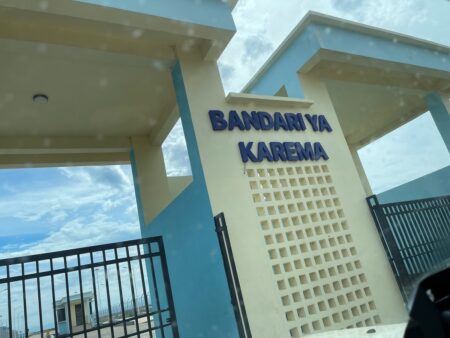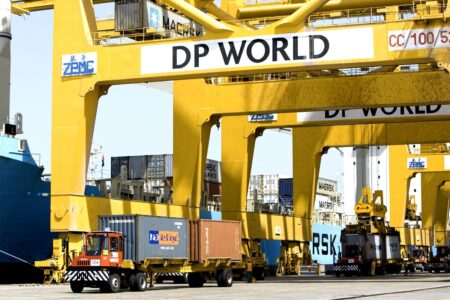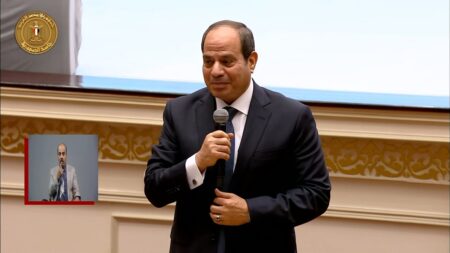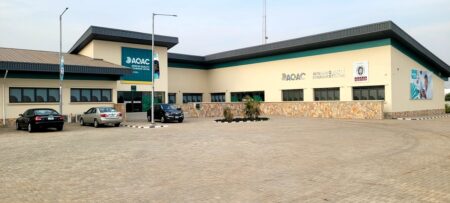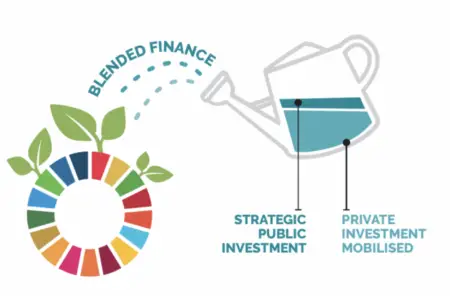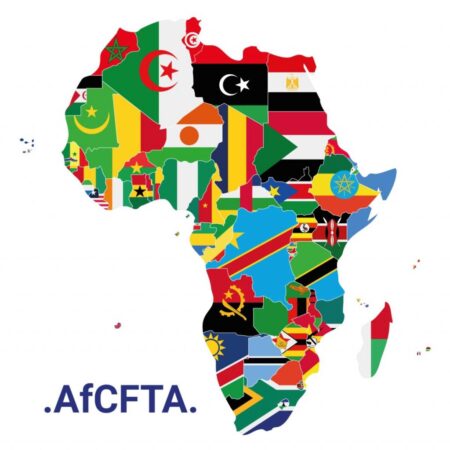- IMF Growth Forecasts: BRICS to Lead the World in the Next 5 Years
- Vantage Capital seals exit from PickAlbatros Hotels after $18.4M pandemic boost
- Madica backs Earthbond in bold pre-seed bet on sustainable solutions
- Venture capital and debt drive growth in Kenya’s agri-tech sector
- Sustainability Week Africa: Pioneering change amidst climate challenges
- Refugee Crisis in Chad as War and Hunger in Sudan Drive Thousands Across Border
- Senegal 2050: A Blueprint for Economic Transformation
- Kenya’s banking sector corporate taxes hit $563.7 million despite industry profit drop
Browsing: AfCFTA
- Intra-African Payment Systems is expected to simplify trade among member states on the platform.
- In West Africa Nigeria, Ghana, Guinea, Gambia, Liberia, and Sierra Leone have joined the Intra-African Payment Systems.
- 3 Countries in East Africa, Kenya, Rwanda, and Djibouti are among the early members of Intra-African Payment Systems.
The push for a single trading platform for African countries is gathering pace after tnike air max 90 futura jordan max aura 4 custom maple leafs jersey dallas cowboys slippers mens blundstone uomo yeezy boost 350 v2 hyperspace custom stitched nfl jersey jordan proto max 720 custom kings jersey dallas cowboys slippers mens penn state jersey deuce vaughn jersey air jordan 1 low flyease luvme human hair wigs sac eastpak he Pan African Payment and Settlement System (PAPSS) enrolled the Central Bank of Tunisia (Banque Centrale de Tunisie) as its thirteenth Central Bank member.
The move is seen as a …
- Every so often, Africa is being forced to choose sides between China, Russia, and the West.
- However, to win big, Africa must speak in one voice and trade as a unit in the new world order
- What’s more, Africa’s vas resource endowments can strengthen the continent’s resilience of its Transatlantic Alliance.
From friend-shoring brought about by COVID-19, then the Russia-Ukraine war, and now escalations in conflict in the Gaza strip, a new world order is taking shape, and Africa must align itself.
The big question for Africa is who to ally with and who to forego. Alignments with China are almost unavoidable, yet they place African economies at loggerheads with the West. While support for Israel pays off, it turns African countries into easy targets for the increasingly complex terror networks taking root on the continent.
Then there is the need to diversify sources of food and fertilizer imports, and …
United States officials and politicians have shown much interest and support for renewing the African Growth and Opportunity Act (AGOA) as its expiration date approaches in September 2025. The fate of this landmark legislation, which provides duty-free access to the US markets for some African countries, remains uncertain for the next 22 months but has significant implications for trade between the United States and Africa.…
- Kalemie, on the DRC side of Lake Tanganyika, is a vital connection point, linking the DRC with regional ports such as Bujumbura, Burundi, Mpulungu, Zambia, and Kigoma, Tanzania.
- Tanzania’s exports to Congo were worth about $280.54M in 2022, per the United Nations’ Comtrade Database of International Trade.
- Lake Tanganyika, an important geographical feature that serves as a natural boundary between the two countries, plays a crucial role in this developing relationship.
The trade between the Democratic Republic of the Congo (DRC) and Tanzania is growing rapidly. Both countries have great potential for economic growth and development. Lake Tanganyika, an important geographical feature that serves as a natural boundary between the two countries, plays a crucial role in this developing relationship.
Trade Corridors and Infrastructure
One particularly important corridor for trade connecting these countries is the Central Corridor in Eastern Africa. It links the DRC, Rwanda, Burundi, Uganda, and Tanzania with …
- Dubai Ports World (DP World), based in the United Arab Emirates, is rapidly expanding its operations across Africa to become a dominant player in the region’s commerce.
- Establishing a streamlined commerce corridor connecting East Africa and the Great Lakes region is a fundamental plank of DP World’s overall strategy.
- DP World seeks to regulate and strengthen African trade by tackling the difficulties of logistics and storage with cutting-edge digital solutions.
Dubai Ports World in Africa
As the Africa Continental Free Trade Act ushers in a new era of African trade, a significant participant rises from the Arabian Peninsula. Dubai Ports World (DP World), based in the United Arab Emirates, is rapidly expanding its operations across Africa to become a dominant player in the region’s commerce.
The story’s action begins in one of East Africa’s thriving harbours. The vast potential of the Kenyan ports of Mombasa, Lamu, Kisumu, and Naivasha has …
- President Sisi says Africa’s vast natural resources and its agricultural, educational, and mineral potential should be leveraged to drive intra-African trade.
- We in Egypt should always build, develop, rebuild, and cooperate in these fields, and nothing less: President Sisi.
- At the ongoing IATF2023, in Cairo, Sisi notes that there is a need for African nations to cooperate positively towards mutual growth.
President Abdel Fattah al-Sisi of Egypt, while participating in the third Intra-African Trade Fair (IATF2023) in Cairo, called on countries across the continent to consolidate their efforts and promote intra-African trade.
In an address at the Presidential Summit of the trade fair, Sisi stated that Africa’s vast natural resources and its agricultural, educational, and mineral potential should be leveraged to drive intra-African trade. He added that there is a need for African nations to cooperate positively towards mutual growth.
Intra-African trade fostering regional partnerships
“As you can see, the …
- As AfCFTA becomes a part of the daily business environment, governments and businesses need to know how product standards and regulations protect traders and the society.
- Governments need to create an enabling environment for investors, which becomes more attractive to foreign direct investment if harmonization of standards exists.
- Other trading blocs such as the European Union are strong because they collaborate on standards and compliance regulations.
The African continent presents huge potential for growth, and the recently introduced African Continental Free Trade Area (AfCFTA) agreement promises to underpin trade facilitation and economic expansion, becoming the largest free trade area since the formation of the World Trade Organization in 1995.
The longest journey starts with a single step. Governments, public bodies, private institutions, and investors are engaging in conversations with a pointed focus on compliance standards, verification of conformities, and regulatory alignment to encourage safe import and export.
Africa’s current population …
With its immense potential and vast resources, Africa stands at a critical point in its economic growth path. While the continent has promising economic prospects, it also has significant challenges that have impeded growth. A concept known as "blended finance" has gained popularity in recent years as a viable answer to assist governments in overcoming economic challenges. As a result, it is vital to look into what blended finance is, how African economies can leverage its benefits and its crucial role in supporting sustained growth across the continent.…
[elementor-template id="94265"]
The African Continental Free Trade Area (AfCFTA) is now widely touted as the African Union’s (AU) most audacious project. The framework ties together the most significant number of member countries of any trade agreement since the World Trade Organisation (WTO) in 1995.
The AfCFTA had become topical even before its formal launch. Members of the business community eagerly awaited the full implementation of the AfCFTA. But two years since its formal launch, how far has the AfCFTA ushered in the ‘new era’ of African integration it promised?…
Africa’s e-mobility is gaining momentum, largely driven by the daunting climate change crisis, fueling the need to decarbonize transport systems. African countries remain in pursuit of e-mobility solutions and advancement to low-carbon economies. Africa’s endowment with minerals key to the global green transition offers a significant advantage.…
